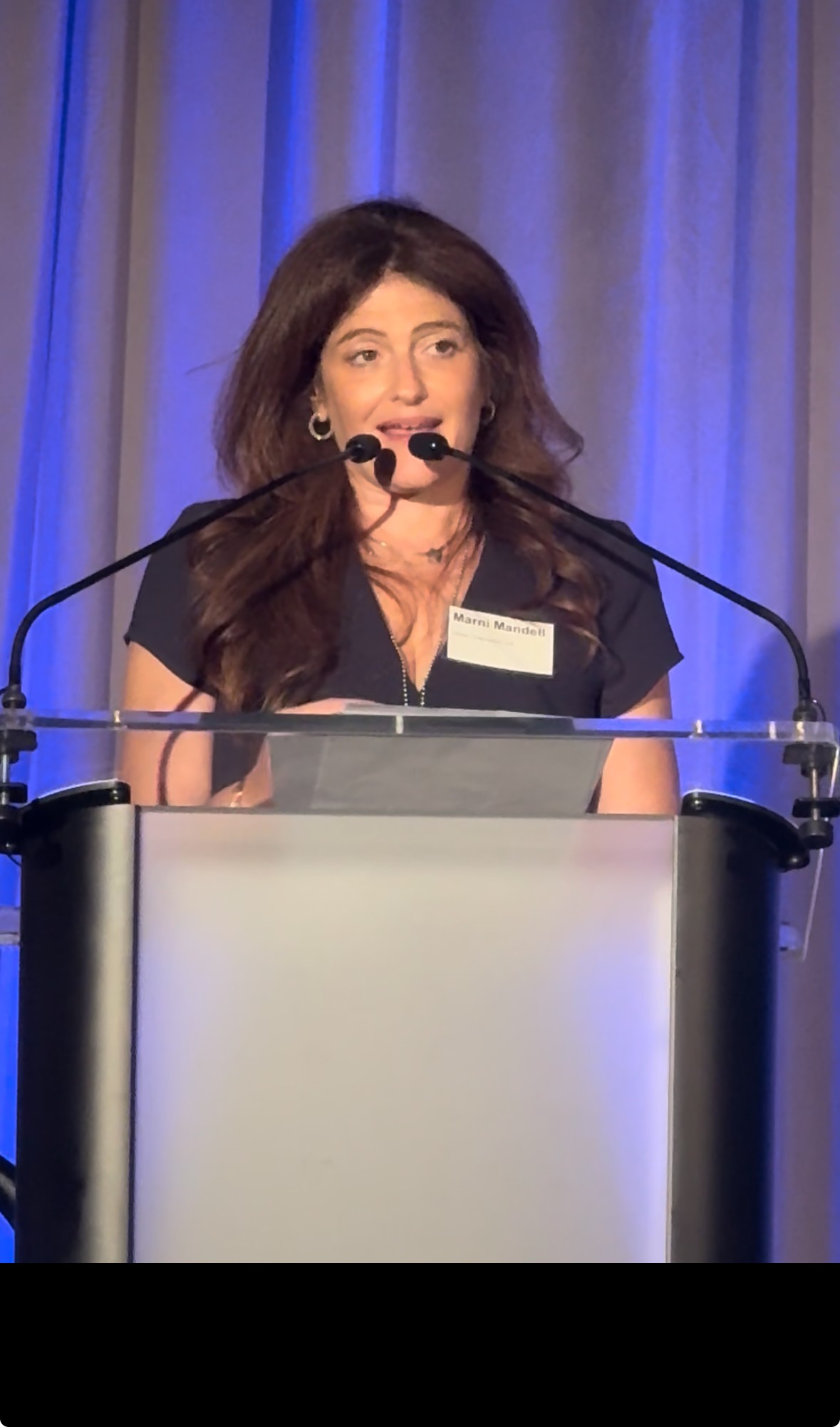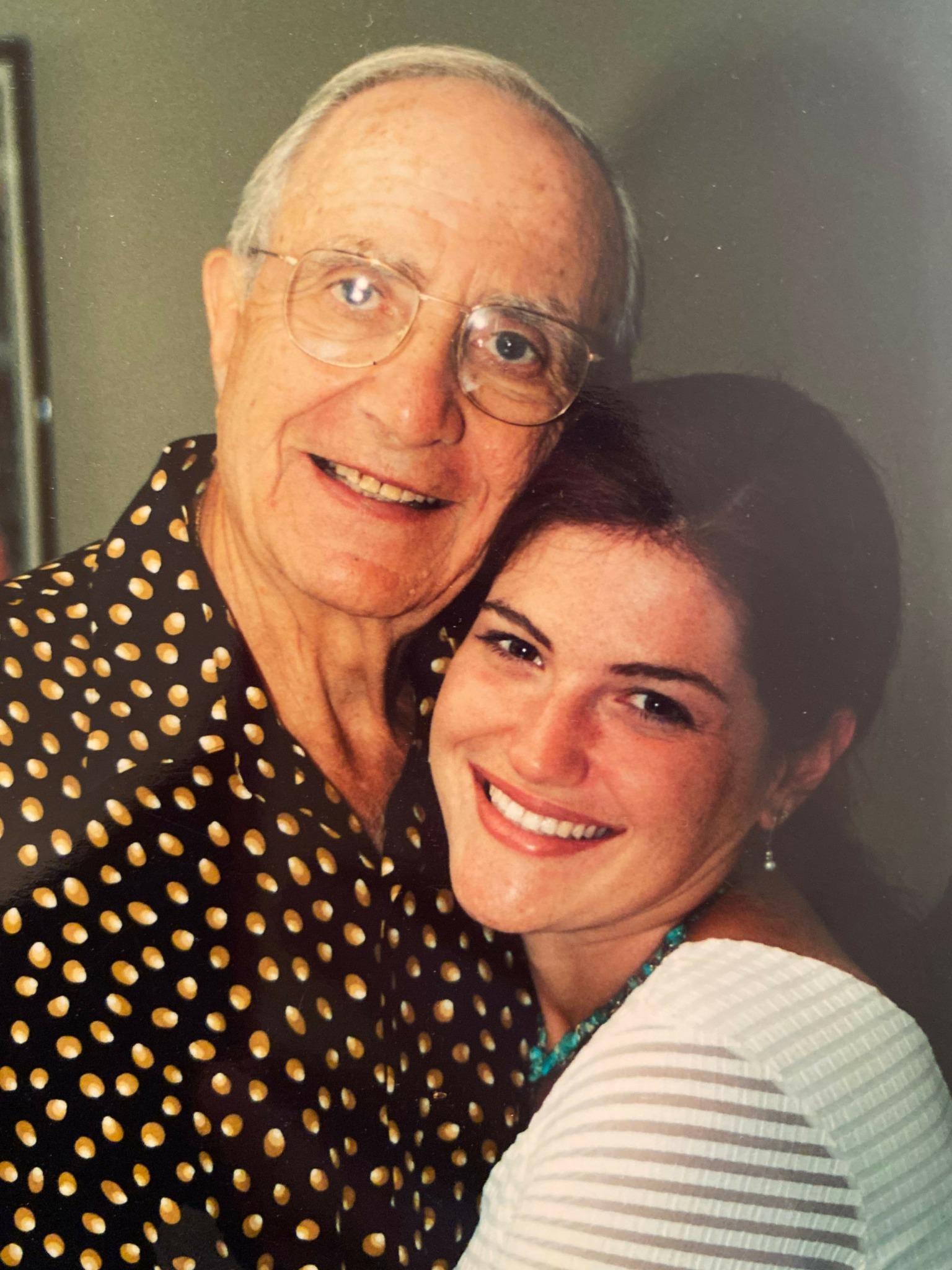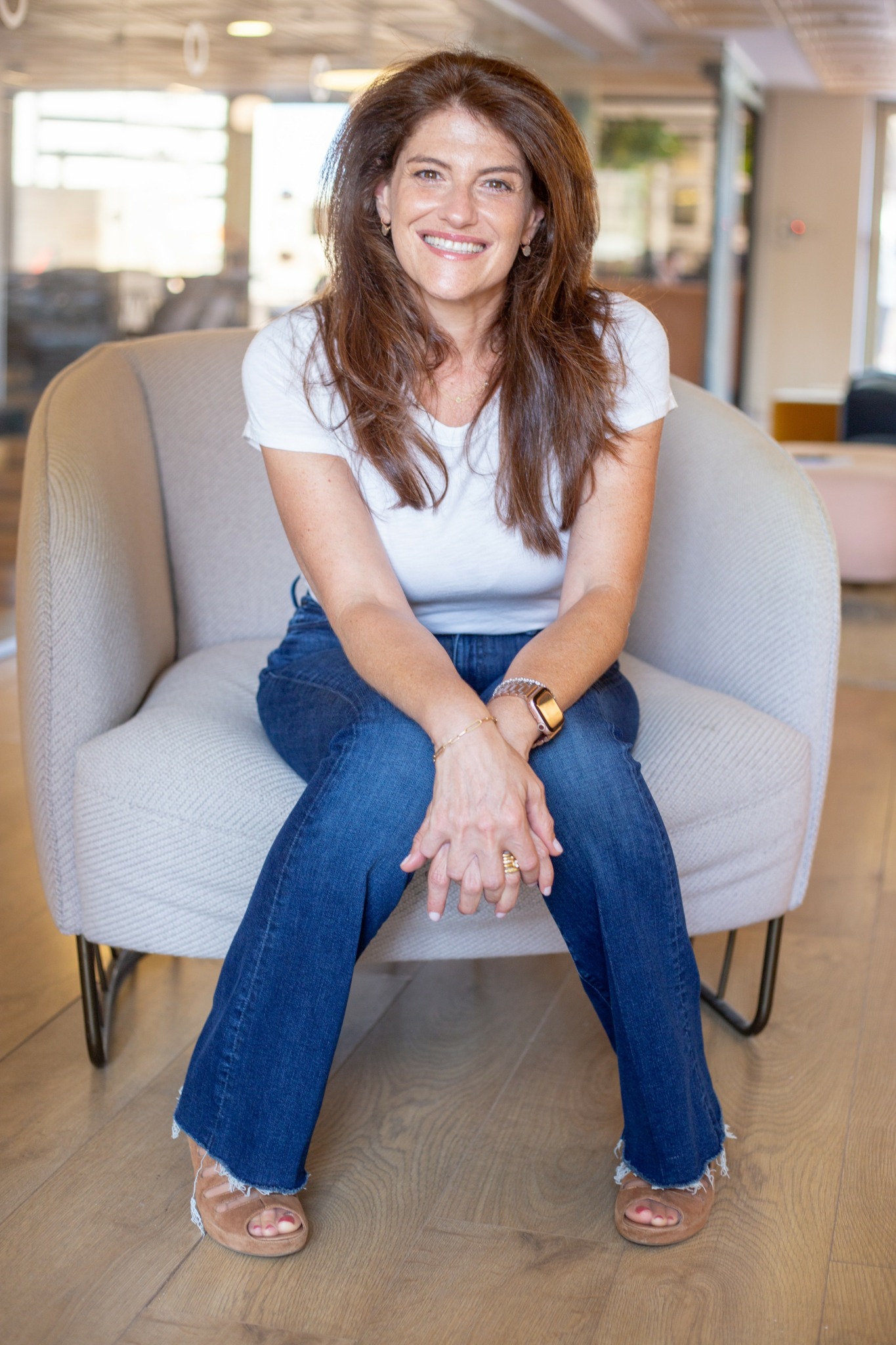We caught up with the brilliant and insightful Marni Mandell a few weeks ago and have shared our conversation below.
Alright, Marni thanks for taking the time to share your stories and insights with us today. We’d love to hear about how you got your first non-friend, non-family client. Paint the picture for us so we can feel the same excitement you felt on that day.
I got my first client through the power of showing up authentically on LinkedIn. I had just launched Friendraising for Success and knew that if I wanted to reach the people I was meant to serve – first-time fundraisers, founders, and changemakers – I needed to start sharing my voice consistently.
So I committed to a content strategy posting EVERY SINGLE DAY on Linkedin. I posted insights about fundraising mindset, stories from my past work, and simple, empowering tips for people who feel overwhelmed by asking for money. I’m not selling anything – I try to show what is possible.
Within a few DAYS, someone in my network saw a post and reached out. She said, “I’ve been looking for someone like you. Can we talk?” That conversation turned into my first client – a six-month consulting engagement focused on strategic fundraising coaching and capacity-building.
It is proof that being visible and aligned with your purpose works. My first client didn’t come from pitching or ads—it came from clarity, consistency, and a willingness to lead with value.

Marni , love having you share your insights with us. Before we ask you more questions, maybe you can take a moment to introduce yourself to our readers who might have missed our earlier conversations?
Launching my fundraising coaching business was one of the riskiest and most rewarding decisions of my life.
I had already built a successful career: 28 years in major donor fundraising as both a professional and board member, co-founded tech startups, led nonprofits, and advised social impact ventures. On paper, it looked like I had “made it.” But something kept tugging at me. I knew there was a huge gap in the fundraising world – no one was really talking to “first-timers” – the people with a dream, a cause, or a vision, but no roadmap for how to raise money. I kept meeting founders, grassroots changemakers, even moms, who were brilliant and passionate… but terrified of fundraising. And I couldn’t shake the feeling that I was meant to help them.
That sense of calling is rooted in my family. My grandparents were successful, completely self-made, and deeply committed to building community. They taught me that success isn’t just about what you achieve – it’s about what you give back. They believed in using their resources and relationships to lift others. My grandfather would say, “Fundraising isn’t begging – it’s inviting someone to make a difference they couldn’t make alone.” That principle is now the foundation of Friendraising for Success.
So I walked away from the comfort of the tech world, contracts, and titles and started from scratch. I launched this business with no safety net, no big marketing budget, and no guarantees. Just a deep belief that if I could help people build authentic relationships and ask with confidence, they could raise the money they need to change the world.
The risk isn’t just financial – it’s emotional. I had to rewrite my identity from startup founder to coach for beginners. I had to learn how to market myself (scary as hell!), build a brand, and sell something intangible: belief, clarity, and courage.
There are sleepless nights. Impostor syndrome creeps in more than once. But I keep showing up – offering workshops, creating content, holding one-on-one coaching calls—because I see transformation in real time. People who once said, “I could never ask for money,” are now raising $10K, $50K, even $1M. They’re not just fundraisers anymore – they’re also becoming philanthropists.
Because that’s part of my mission: to shift people’s mindset from being “just donors” to becoming philanthropists. When that shift happens, everything changes. People start viewing their money, their relationships, and their influence as tools to make meaningful impact. They give more thoughtfully, more boldly, and more strategically.
I’m also on a personal mission to maximize the use of corporate matching. Right now, over $7 billion in matching funds goes unused every year. That’s money that could be flowing directly into the hands of nonprofits—fueling innovation, helping communities, and creating real change. I want to help close that gap.
Now, Friendraising for Success is growing fast—serving founders and fundraisers across sectors and fueling a mission that feels bigger than me. The risk? 100% worth it. Because every time someone says, “I never thought I could do this—but now I believe I can,” I know I’m helping not only that person, but all of the people they serve. That ripple effect is why I do this work.

Can you tell us about what’s worked well for you in terms of growing your clientele?
Without a doubt, the most effective strategy for growing my clientele has been LinkedIn – paired with the community I’ve built over the course of my entire career.
I made a decision early on to treat LinkedIn not just as a platform, but as a relationship-building tool. I started posting regularly, sharing real stories, actionable fundraising tips, and behind-the-scenes moments from my work. I’m not just creating content – I was building trust and inviting conversations.
At the same time, I leaned into the relationships I’ve nurtured over nearly three decades in the nonprofit and startup worlds. I’ve always believed that fundraising – and really anything in business – is about relationships. So I’ve been reaching out to my network. I check in, offer help wherever I can, and reconnect with former colleagues and partners. I have been blessed that so many people have steered prospects to me in a relatively short period of time.
That combination – sharing my insights and expertise and authentic relationship-building – has been the foundation of my business growth. Clients have come from posts, comments, DMs, referrals, and old friends who say, “I’ve been watching what you’re doing and I need your help.”
It’s not flashy. It’s consistent, human, and real. And it works.

Any fun sales or marketing stories?
One of my favorite marketing and sales stories isn’t from a boardroom or a pitch – it happened across oceans, in a high-stakes moment that required chutzpah (guts), persistence, and a whole lot of empathy.
I was working with an organization that had lost the trust of one of its foundational donors – a major funder who had committed a multi-year multi-million dollar grant. The organization had failed to be transparent about delays in their project, and when the foundation representative flew in to assess the situation, he felt deceived. Furious and disappointed, he left the country and made it clear he was considering pulling the grant altogether.
After multiple unanswered emails and phone calls, I realized the traditional route wasn’t going to work. So I booked a last-minute flight to the country where the funder was based. I told him I happened to be there for other fundraising meetings (which I quickly scheduled) and would love a chance to connect – radio silence. I then took a train closer to his office. Still nothing. The next day, I got in a car and drove within five minutes of his office. I called and told the receptionist I happened to be nearby. She asked, “How soon can you get here?” I said, “Five minutes.”
When I walked into his office, he said, “You’ve got five minutes.” I sat down, looked him in the eye, and asked just one question:
“Why are you so angry?”
Forty-five minutes later, he had laid out every grievance – valid, painful, and deeply felt. When he was finished, I asked a second question:
“Is there anything we can do to regain your trust and possibly continue the grant?”
He responded with a hard no.
So I asked one more:
“If this were a dream scenario – what would need to happen for us to earn back your trust?”
This time, he gave me a list. Clear, detailed, almost impossible. I took notes and said,
“If we do exactly what you’ve just described – could we revisit the grant?”
He paused. And then he said yes.
Here’s what made that moment a win against the odds – not just that we saved the grant, but how we did it:
What I Did (Step-by-Step):
Got uncomfortably close (for me!) – I showed up in person when others would’ve given up. That proximity mattered.
Led with empathy, not defense – I didn’t start with justifications. I started with a question that showed I was listening.
Held space for emotion – I let him talk. I didn’t interrupt. I validated his frustration.
Asked permission-based questions – “Is there anything we can do?” “What would have needed to happen?” These opened the door to possibility.
Turned the “impossible” into a roadmap – Once he laid out what needed to happen, we had our path. And we followed it.
That experience shaped how I approach every “sale” or pitch since. It reminded me that persuasion isn’t about pushing. It’s about presence, listening, and showing people that you care enough to try when most people would walk away.
Contact Info:
- Website: www.marnimandell.com
- Instagram: @marni.mandell
- Linkedin: https://www.linkedin.com/in/marnimandell/




